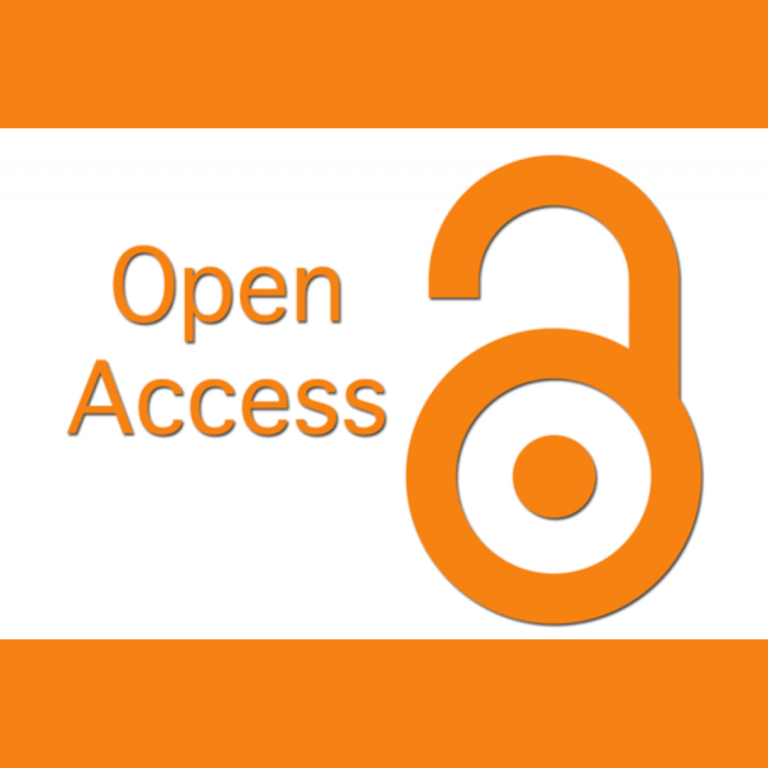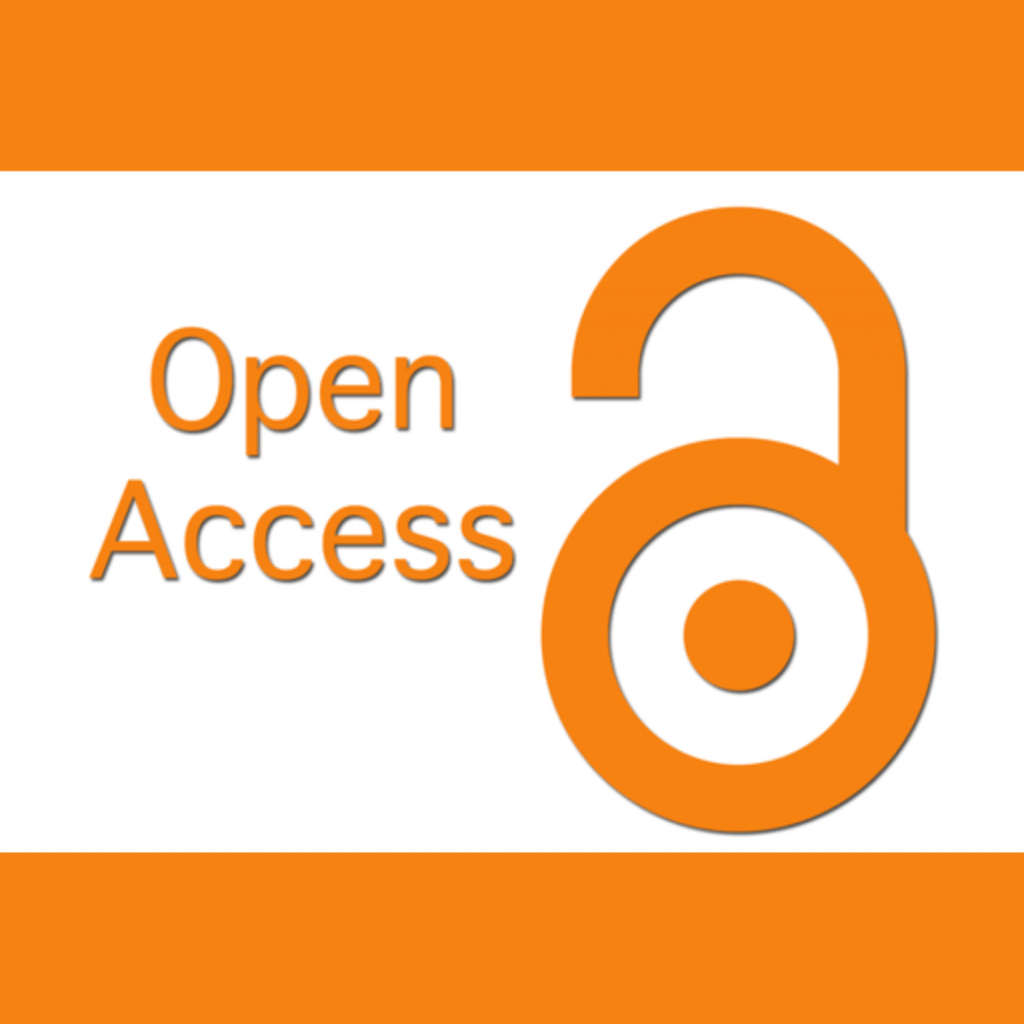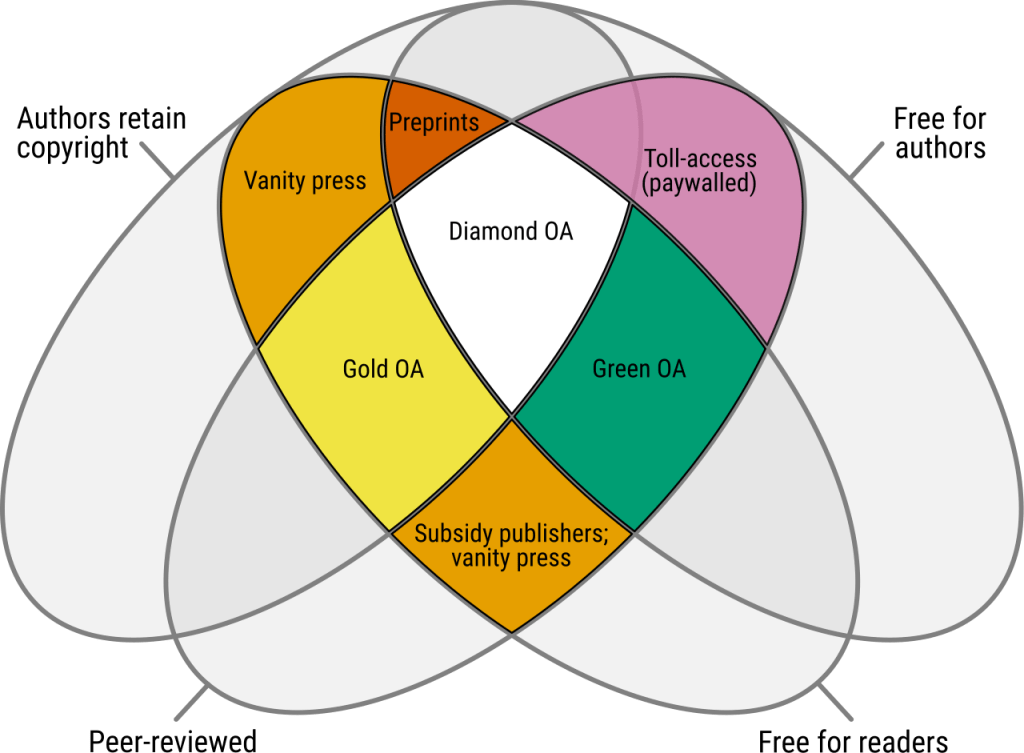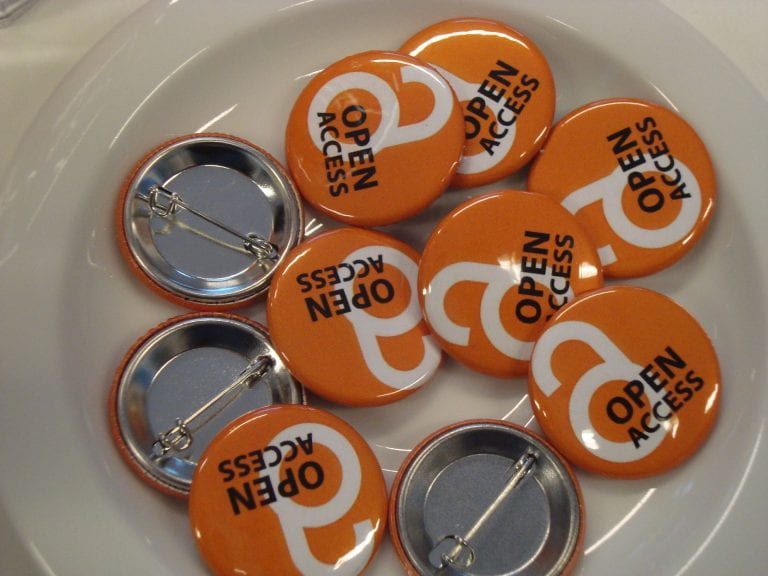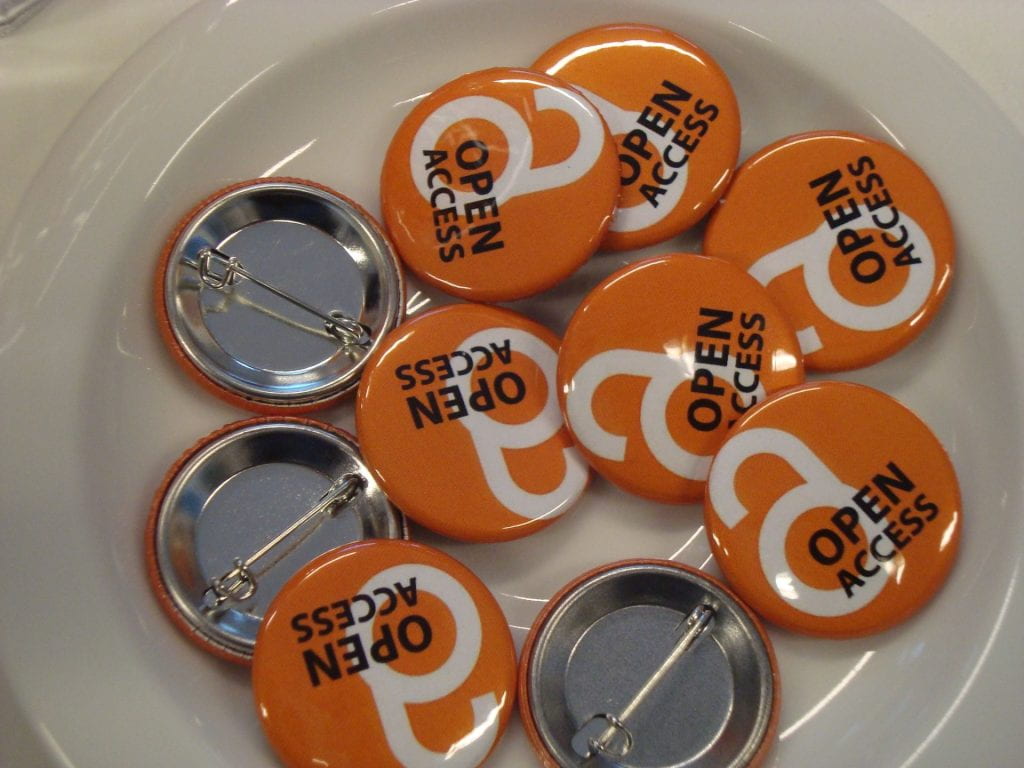This week is Open Access week! Open access is an international movement that looks to remove barriers to scientific research and data. The goal is that everyone can access academic scholarship equally without running into legal, financial or technical barriers (1).
This year's theme for Open Access Week is “Community Over Commercialization.” The goal is to look at ways we can share scholarship in ways that benefit everyone.
If you want to get involved and learn more, check out these on-campus events run by the George Washington Open Source Project:
Oct 22nd, 7pm-9:30pm Movie Night with Q&A for Open Access Week
University Student Center Amphitheater
Join the GW OSPO for a showing of "The Internet's Own Boy: The Aaron Swartz Story", an award-winning movie about a computer programmer, writer, political organizer, and internet activist and his battle with the U.S. government and the publishing industry as he risks everything in the pursuit of sharing knowledge. The screening will be followed by a Q&A panel to talk about research, publishing, access to information, and other important topics raised throughout this film.
Popcorn will be provided. The first 25 attendees will get a homemade chocolate chip peanut butter cookie!
Oct 24, 11:30am-12:30pm GW Coders' Lunch and Learn: Care Work and Accessibility in p5.js and Open Source Software*
Join us in SEH, B2600 or online in Zoom: https://go.gwu.edu/gwcoderszoom
We are very excited to host the lead maintainer of the open source project p5.js. p5.js is a friendly tool for learning to code and make art. It is a free and open-source JavaScript library built by an inclusive, nurturing community. p5.js welcomes artists, designers, beginners, educators, and anyone else! Qianqian Ye, the lead maintainer will discuss care work, accessibility, demonstrate the tool, and answer questions.
Oct 25, 12pm-1pm GW OSPO Webinar Panel Discussion: Can Diamond Open Access disrupt the broken paywall publishing model and save science with the help of open source software?
Join us online: GW OSPO Zoom Webinar
Our distinguished panel of Diamond Open Access experts from across the globe will explore possible paths forward for open access publishing. Please come and bring your hard questions for this group to try to answer.
If you want to explore and learn about Open Access on your own time, here are some materials and resources to explore Open Access:
Paywall Documentary: Not familiar with the world of Scholarly Publishing, or the Open Access movement? Take some time to watch the documentary “Paywall.” Paywall is an excellent introduction to the world of Open Access for complete beginners and it’s a great watch.
PHD Comics: Don’t have the time for a full documentary? Try this video comic from PHD comics about Open Access that provides a dynamic illustrated introduction to the topic.
Open Access and Your Research: Curious what Open Access means for you and your own work? Check out this instructional video from the Scholarly Communications Committee about what to expect.
OA LibGuide: Need to find open access material to learn about medicine? Try our Open Access LibGuide which contains links to textbooks, journals, and other resources people can use.
- What is open access? International Open Access Week. Accessed October 17, 2024. https://www.openaccess.nl/en/what-is-open-access
- Paywall: The Business of Scholarship. The Movie.; 2018. Accessed October 18, 2024. https://www.youtube.com/watch?v=zAzTR8eq20k
- Open Access Explained!; 2012. Accessed October 18, 2024. https://www.youtube.com/watch?v=L5rVH1KGBCY
- Open Access and Your Research.; 2022. Accessed October 18, 2024. https://www.youtube.com/watch?v=6SpLN7BbzGg




